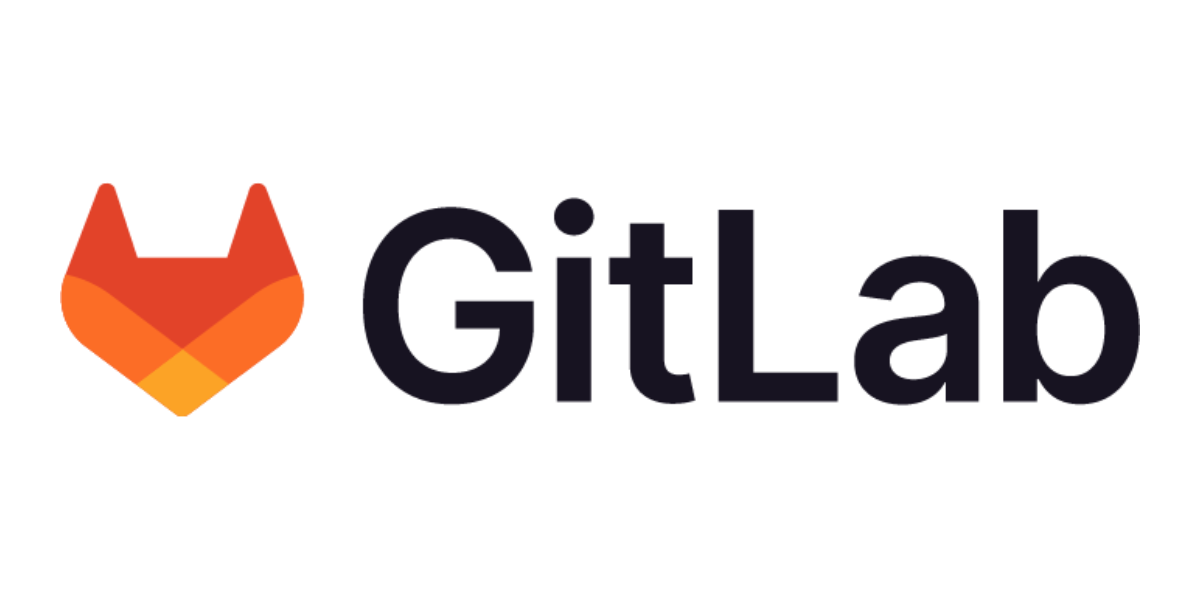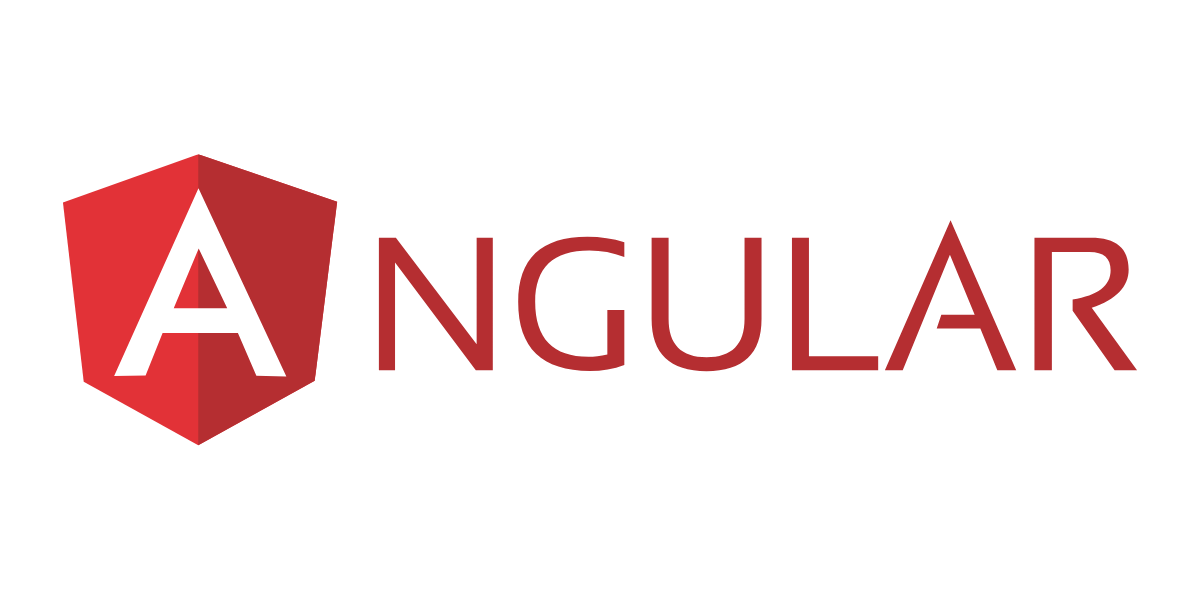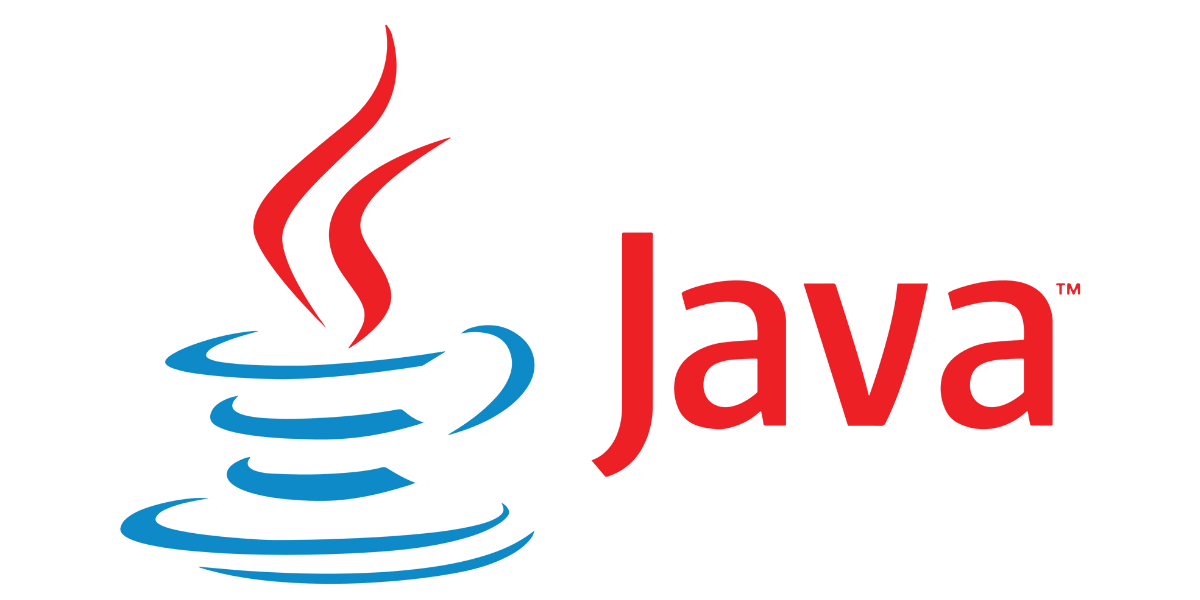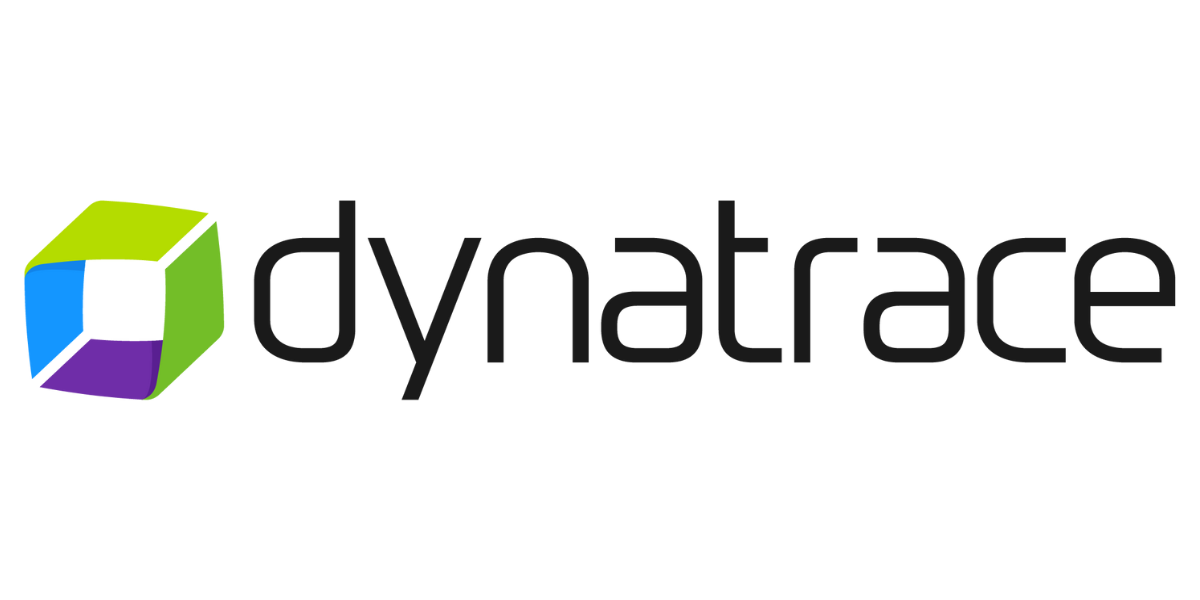Large Enterprise with Hundreds of Locations Modernizes Infrastructure and Applications with Red Hat OpenShift
Infrastructure Modernization: Shifting from Oracle to Red Hat
A US-based enterprise generates $5B in annual revenue wanted to upgrade their Red Hat Virtualization (RHEV) application infrastructure and modernize their application stack with Red Hat OpenShift.
Specifically, they wanted to move away from Oracle to a modern infrastructure and application development platform that would modernize IT operations across numerous departments throughout the enterprise, replatform the existing application stack, and build modern solutions to meet their customers’ growing demands.
The Challenge: Modernizing Legacy Enterprise Infrastructure and App Development
The client’s infrastructure was built in Oracle. After significant price increases and challenges mapping that infrastructure to their business needs, they switched to Red Hat Virtualization and OpenShift environments.
Initially, they built a Red Hat OpenShift proof of concept (POC) to demonstrate the platform's value. The project was meant to optimize the development and management of applications used across their organization. However, the project lead and champion left the organization shortly after implementing Red Hat Virtualization and OpenShift. Over time, the business leaned more on this system (which struggled to scale as it was not fully developed).
The challenge was that the company wanted to build and manage modern applications using OpenShift. However, the existing architecture did not support that capability. They were running RHEV 4.2 without a fully built-out infrastructure. To begin modernizing their application stack, they needed to upgrade RHEV to 4.4 and then deploy OpenShift 4.6. This would allow them to right-size their OpenShift clusters to meet their environment needs.
The Solution: Upgrading Red Hat Virtualization and Deploying OpenShift for App Modernization
Shadow-Soft was brought in by the Red Hat consulting team to update the client’s infrastructure, right-size the OpenShift Clusters, and provide support with modernizing their application stack.
We right-sized the aged POC of the OpenShift deployment for production. This involved a virtualization upgrade so we could run a production deployment of OpenShift to the current version level and standards with configurations that would support the client’s future needs.
We also collaborated with the team, providing over-the-shoulder support with Red Hat Virtualization and OpenShift. This support also included hiring new team members to run the platform and build applications internally.
As a consulting firm with a team with 15+ years of experience in systems engineering, infrastructure design, and modernization, we knew how to navigate the systems complexities of a legacy enterprise organization.
Our Process for Upgrading Red Hat Virtualization
We rebuilt the client’s application infrastructure in 8 weeks.
Our team included a senior architect, senior consultant, and project manager using Scrum while providing over-the-shoulder training to ensure the client’s in-house team received adequate guidance for updating, growing, and maintaining the OpenShift clusters moving forward.
We upgraded RHEV 4.2 to 4.4 before installing OpenShift Infrastructure. Then, we deployed 5 OpenShift 4.6 clusters using the UPI installer. After, we migrated the initial existing application workload from the existing OpenShift environment to the new cluster.
The Step-By-Step Process:
- Upgrade RHEV 4.2 to 4.4 (including existing Manager and Virtual Hosts)
- Update the system compatibility version of the Red Hat Virtualization clusters
- Replace SHA-1 certificates with SHA-256 certificates
- Ensure appropriate Red Hat OpenShift & Red Hat Enterprise Linux subscriptions
- Determine appropriate hardware and infrastructure sizing requirements for OpenShift Enterprise deployment
- Determine cluster sizing and growth plan for corporate objectives
- Evaluate the current capacity of infrastructure resources and capacity planning for corporate objectives with OpenShift
- Evaluate applications and cluster requirements to determine metrics for environment scenarios and sizing
- Deploy 5 OpenShift 4.6 cluster using UPI the installer to a customer-managed environment with 2 Unique Configurations: 1 Developer Specific; 1 for QA/Test/Prod
- Migrate Initial Existing Application Workload
- Migrate initial application workload from existing OpenShift environment to new clusters
- Connect existing Artifactory repository to individual clusters
- Document steps to migrate additional application workloads from the existing OpenShift environment to new clusters
Our Process for Modernizing Applications
With the new environment and clusters in place, we worked with the client’s in-house team to rebuild their front-end application while improving development operations.
This involved embedding our team members in-house to work alongside the client, support knowledge transfer, and work on complex builds as needed. Over time, our efforts improved application development speed and quality.
The Step-By-Step Process:
- Survey all existing applications
- Stack-rank applications based on the lowest risk and highest level of urgency
- Determine which would be viable candidates for microservices containerization
- Recommend 4 - 5 applications to focus on as a starting point
- Identify the highest-urgency application
- Work with the team to rewrite the front-end application
- Utilize Angular and Ionic for the front-end development
- Implement Java and Spring Boot for Cloud Native support
- Design a microservices architecture to decouple critical components, increasing scalability
- Set up GitLab CI for building pipelines and continuous integration
- Set up Artifactory as a container registry.
- Set up Dynatrace for application observability.
Key Features
Our efforts improved consistency and control over the development and deployment process, increasing the reliability and speed of application deployments.
After architecting and deploying the Red Hat Virtualization and OpenShift, we worked through efficiency cases with the team and helped them get the most out of the platform.
Features:
- The front-end application now seamlessly scales with demand, handling over 10x more users at peak times.
- Ability to modernize a backlog of applications and scale development with minimal difficulty due to the guardrails and support from the OpenShift platform
- Access to more dynamic features of OpenShift to improve niche business cases (for example, using Argo CD to deploy applications in a uniform, repeatable fashion).
- Supporting more applications on the OpenShift platform for more uniform operations.
- Transition to Dynatrace for increased observability of the entire Kubernetes environment with improved monitoring, tracing, and reporting
- Improved application modernization in a legacy environment despite existing legacy systems and bottlenecks.
Legacy Implementation and Development Roadblocks
The team had limited IT resources and a small development team for a business of their size. Additionally, the team’s priority development was also the most difficult issue to address.
Even though there were numerous low-risk, high-reward improvements we could make, they weren’t the priority. Instead, we needed to work with the team and address the most pressing challenge while helping their team upskill. This meant they didn’t have time to acclimate to the new platform or operations, adding risk to the project and stress on the development team.
Additionally, the client is a legacy enterprise organization with numerous legacy systems. Making changes takes time and effort.
As a result, we were heavily involved in building out the initial application on the new platform while providing their team with continued guidance. We embedded several full-time engineers in their team to guide them through each unique use case based on our experiences with other similar clients.
Tools









As a legacy business with a small IT team, the existing infrastructure was a complex web of processes and systems from various eras. The client chose Red Hat OpenShift because of its clear application modernization guardrails that suited it best for their business challenges.
As leading Red Hat Partners with over 15 years of experience on the platform, our team was in the best position to upgrade their infrastructure and guide them through their application modernization process.
OpenShift Transforms Client Into A Technology Leader
The new architecture empowered the team to build a modern version of their main application that easily scales with demand fluctuations. Where the application previously crashed with spikes in users, it can now scale to support thousands of users without issue.
Using OpenShift, the in-house team can modernize additional applications from their extensive backlog of legacy applications.
Key Results:
- Well-architected application, infrastructure, and a standardized application deployment process in place
- Capability to seamlessly and regularly deploy updates and improvements to applications
- Increased agility that drives business innovation
- Improved efficiency and the potential for revenue growth across the organization
- Capability to rapidly implement change, stay ahead of the competition, adapt to market trends, and continuously optimize operations for better performance and profitability.
Future Roadmap: Modernizing Legacy Applications to Meet Changing Demands
With the proper infrastructure and application modernization platform, the client is in the best position to continue its journey toward more efficient operations.
Having updated its most mission-critical application, they are now looking at other opportunities for improvement. With over 100 existing applications that need to be modernized, they will focus on replatforming those tools in Spring Boot for cloud connectivity. Addressing this low-hanging fruit first will quickly increase the value of the platform.
OpenShift has modernized the team’s approach to application development, improving operations and outcomes. Currently, they’re building greenfield applications with the end target platform and software architecture in mind. We will work alongside the client to help them maximize the value of that platform.
